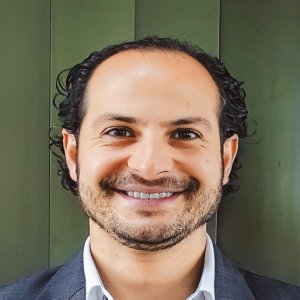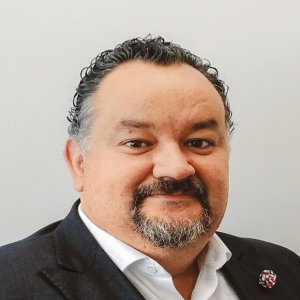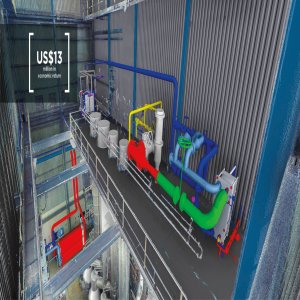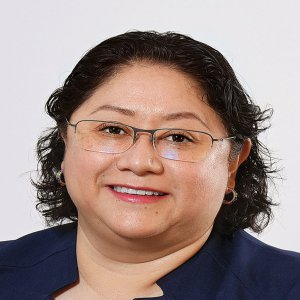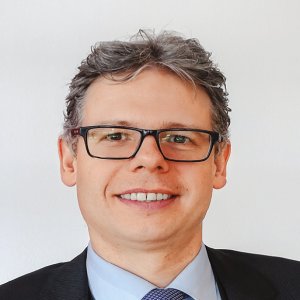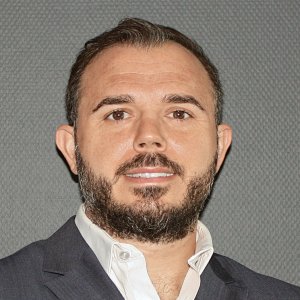Technical Expertise for Optimal Renewables Projects

STORY INLINE POST
Q: What is UL Renewables’ primary contribution to Mexico’s energy transition?
A: UL Renewables is among the top renewable energy consulting firms in Mexico and is recognized globally. Our primary role is to provide greater precision in the technical estimations of the country’s renewable energy projects, which is now of the utmost importance considering the aggressiveness and competitiveness showcased in Mexico’s price packages in the long-term electricity auctions. The Yucatan Peninsula projects even showcase an extra layer of complexity due to the social and environmental impact requirements the region mandates to develop utility-scale renewable energy projects. Our objective is to become the primary support for the country’s utility-scale project developers and the financial institutions behind them. As an independent engineering company, UL Renewables makes sure the technical aspects of the project’s blueprint materialize. We are also active on the governmental side. For instance, we ran multiple models for the Ministry of Energy to determine the most attractive locations for wind power projects in the National Electricity System Development Program (PRODESEN). UL Renewables can go beyond development and construction. We also assess the optimal levels of operation for a renewable energy generation asset throughout its entire life-cycle to make sure the asset is delivering the expected generation levels and if it is failing to do so, pinpoint this production decrease and its root causes.
Q: How does UL Renewables solve the problems developers continue to face throughout the stages of a project?
A: UL Renewables specializes in making sure the different stakeholders involved in a project will obtain the expected results. Developers secure financing if the robust technical aspects of the project provide the ROI financial entities expect along with optimal EPC design for a seamless operation throughout the life cycle of the project that matches the initial production calculations. While there are several critical variables that intervene in the successful execution of a project throughout its different phases, specific attention should be paid to the energy resource analysis and the most adequate technology to use. The pressure on manufacturers to increase margins depending on the technology means they prioritize increased power output at lower costs. On the wind power side, the observed trend is longer wind turbine rotor diameters, measuring above 150m long, to absorb greater energy. This, in turn, implies new layers of risk as these new developments have yet to undergo certification processes, added to the logistical complications of transporting larger and more specialized components with expensive transportation all the way to the construction site. On the PV side, bifacial panels are making an entry. Their scalability to utility-scale projects, coupled with guaranteeing the calculated additional power output, has yet to be demonstrated by an operational large-scale bifacial PV plant. UL Renewables has detected a trend of resorting to these laboratory-stage prototypes so project developers can find additional efficiencies in utility-scale projects under pressure to offer the most aggressive price packages and become a winner in the long-term electricity auctions.
In the construction stage, the number of components required for a PV park, especially considering utility-scale projects like the ones we’re seeing in Mexico, makes it a complex management task where the devil is always in the details. UL Renewables can prevent those details from compromising the PV park’s viability. The level of involvement of developers throughout a project is also key. If a developer only goes as far as construction then sells the project to another party for its operation, there is a chance certain risks inherent to operation might have been overlooked, including commercial closing as well as knowledge and technology transfer to the local human capital tasked with operating the project.
Q: Which players have the profile to support development banking’s efforts with utility renewable energy projects?
A: While Mexico’s development banking institutions, including Bancomext, Banobras and NAFIN, are leading the financial charge pertaining to utility-scale renewable energy projects, they are not alone. There is a significant contingent of multilateral and foreign banking institutions, such as the IFC, looking to pour capital into Mexico’s renewable energy projects. Commercial banking institutions remain on the sidelines depending on the results obtained by other financial institutions already at work. In our role as advisers to various financial entities, we have received an increasing number of due diligence inquiries from commercial banking institutions, which is encouraging and showcases the growing appetite for these projects. Several first and second long-term electricity auction projects are either operating or under construction, meaning despite the thin margins, they can be done.
Q: What is UL Renewables’ assessment of regulations guaranteeing product and installation quality?
A: UL Renewables welcomes the industry’s new developments on the technological front. We could not be talking about major technological advances such as those we are witnessing now without bold decisions. As these trends continue, the focus must be on securing controllable risk levels that will allow the industry to grow and prosper. Mexico is taking center stage for renewable energy technologists to showcase their new developments, placing it as a reference for other renewable energy markets. UL Renewables is prepared to take on the needed certification tasks to ensure these new developments can overcome their laboratory stage and become a technological mainstream development on the country’s renewable energy scene.
Q: What are UL Renewables’ recent landmarks in Mexico’s renewable energy industry?
A: Prior to becoming UL Renewables, we were active in Mexico as AWS Truepower and DEWI as early as 2008. We reached the local office landmark in 2015 to shorten distances for our client portfolio in Mexico and to solidify our status as technical advisers. For 2018, we are focusing our efforts on strengthening our local response team throughout the six divisions we operate in the market: energy services, due diligence services, software and database solutions, grid integration studies and forecasting, asset management services and wind power curve testing services. From 2015 to 2018, our growth was driven primarily by our power curve testing, energy and due diligence services, gaining recognition as PV and wind power experts. Our objective is to grow in equal measure our asset management and forecasting services. The latter was initially only provided to CENACE but it will be particularly valuable considering regulatory modifications make forecasting compulsory for utility-scale projects. Our general goal is to be perceived as the top technical consulting agency for renewable energy projects. We are looking to develop and strengthen our wind power curve-testing services and asset management divisions. The latter is ripe for growth as an increasing number of utility-scale projects from the long-term electricity auctions come online. It represents a sizable area of opportunity considering these projects are expected to operate at optimal efficiency for periods of 20-25 years.
